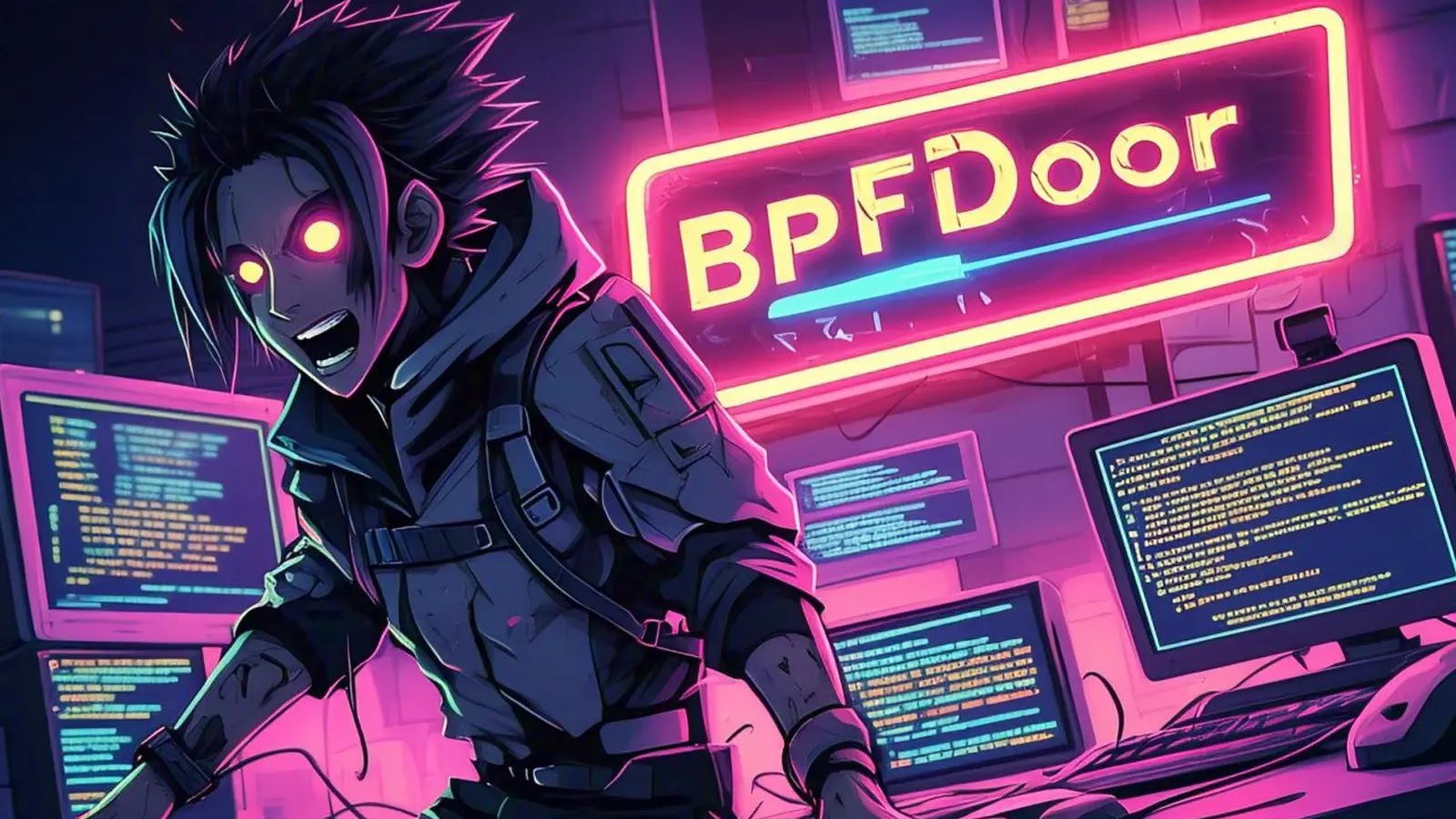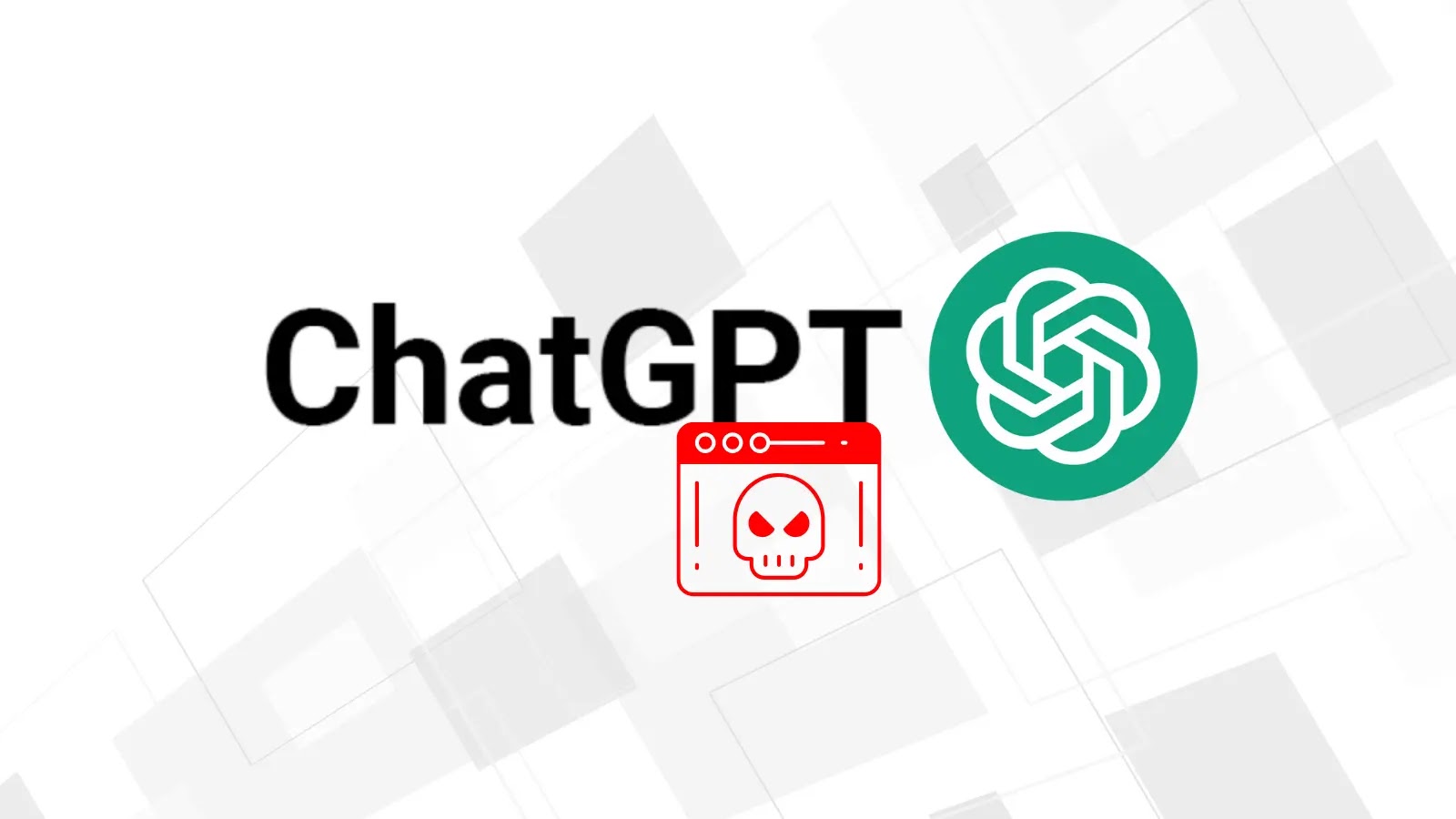In the ever-evolving landscape of cybersecurity threats, a particularly insidious malware known as BPFDoor has emerged, posing significant risks to Linux systems worldwide. This backdoor leverages advanced techniques to infiltrate and persist within compromised networks, making detection and mitigation challenging for security professionals.
Understanding BPFDoor
BPFDoor is a sophisticated backdoor malware that has been active since at least 2017 but only came to the attention of security researchers around 2022. Its name derives from its use of the Berkeley Packet Filter (BPF), a technology that allows it to monitor network traffic at the kernel level. This capability enables BPFDoor to bypass traditional firewall restrictions and remain undetected for extended periods. The malware is designed to provide threat actors with persistent access to compromised Linux systems, facilitating long-term espionage and data exfiltration activities.
Evolution and Enhanced Stealth
Over time, BPFDoor has undergone significant evolution to enhance its stealth and functionality. Earlier versions of the malware utilized RC4 encryption and bind shell communications, with hardcoded commands and filenames. However, more recent variants have incorporated static library encryption and reverse shell communication, with all commands being sent by the command and control (C2) server. By integrating encryption within a static library, the malware reduces its reliance on external libraries, thereby enhancing its obfuscation and making detection more difficult. The shift to reverse shell communication allows the infected host to establish a connection to the attacker’s C2 servers, enabling communication even when the network is protected by firewalls. Additionally, the removal of hardcoded commands increases the malware’s flexibility and reduces the likelihood of detection by antivirus software using static analysis.
Operational Mechanisms
Upon execution, BPFDoor initiates several steps to establish its presence and functionality:
1. Runtime File Creation: The malware creates and locks a runtime file at `/var/run/initd.lock` to ensure only one instance is running.
2. Process Management: It forks itself to run as a child process and sets itself to ignore various operating system signals that could interrupt its operation.
3. Packet Sniffing Setup: BPFDoor allocates a memory buffer and creates a packet-sniffing socket to monitor incoming traffic for a specific magic byte sequence.
4. BPF Attachment: The malware attaches a Berkeley Packet Filter to the socket to read only UDP, TCP, and SCTP traffic through ports 22 (SSH), 80 (HTTP), and 443 (HTTPS).
5. Command Execution: Upon detecting the magic byte sequence, BPFDoor parses the packet to extract the C2 IP address and port, then establishes a reverse shell connection to await further commands.
This operational flow allows BPFDoor to maintain a low profile, as it does not open any new network ports and operates at a level that bypasses traditional firewall rules.
Detection Challenges
BPFDoor’s design presents significant challenges for detection:
– Firewall Evasion: By operating at the network layer and using existing ports, BPFDoor can bypass firewall restrictions that would typically block unauthorized access.
– Process Masquerading: The malware can rename itself to mimic legitimate system processes, making it harder to identify through process monitoring.
– Command Obfuscation: By removing hardcoded commands and relying on C2 communication, BPFDoor reduces the effectiveness of signature-based detection methods.
These factors contribute to the malware’s ability to remain undetected on infected systems for extended periods.
Mitigation Strategies
Given the stealthy nature of BPFDoor, organizations should implement comprehensive security measures to detect and prevent infections:
– Network Traffic Monitoring: Regularly analyze network traffic for unusual patterns or connections to unknown IP addresses, which may indicate C2 communication.
– File Integrity Checks: Monitor critical system files, such as `/var/run/initd.lock`, for unauthorized changes or creations that could signal malware activity.
– Endpoint Protection: Deploy advanced endpoint detection and response (EDR) solutions capable of identifying and mitigating sophisticated threats like BPFDoor.
– Regular Updates: Ensure all systems are up-to-date with the latest security patches to close vulnerabilities that could be exploited by malware.
– User Education: Train staff to recognize phishing attempts and other common attack vectors used to deliver malware.
By adopting a multi-layered security approach, organizations can enhance their defenses against BPFDoor and similar advanced threats.
Conclusion
BPFDoor represents a significant advancement in malware capabilities, combining stealth, persistence, and flexibility to compromise Linux systems effectively. Its use of Berkeley Packet Filtering and reverse shell communication allows it to evade traditional detection methods and maintain long-term access to infected networks. As this threat continues to evolve, it is imperative for organizations to stay vigilant, implement robust security measures, and foster a culture of cybersecurity awareness to protect against such sophisticated attacks.



